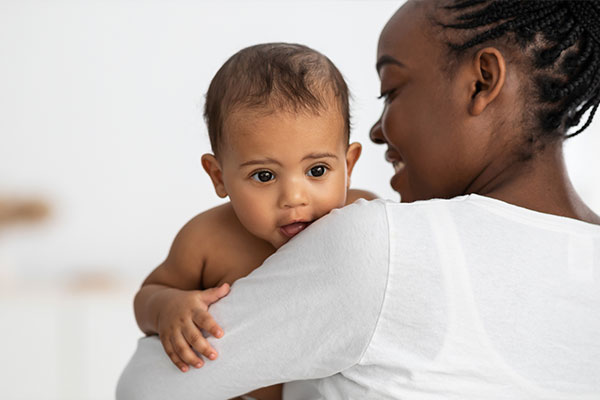Pediatric Congenital Laryngeal Stridor
Laryngeal stridor is a noisy or high-pitched sound that occurs with a child’s breathing. Laryngeal stridor is an abnormally formed voice box (larynx), and when this condition is present at birth, it’s called congenital laryngeal stridor (laryngomalacia).
What causes congenital laryngeal stridor in children?
Congenital laryngeal stridor is a defect formed during fetal development. When the structures in the larynx do not fully develop, it causes them to collapse during breathing.
Congenital laryngeal stridor is the most common cause of noisy breathing in babies when the child breathes in (inspiration). Sixty percent of infants born with congenital laryngeal stridor will have symptoms in the first week of life. Most other infants will show signs by five weeks old.
What are the symptoms of congenital laryngeal stridor in children?
You can hear a high-pitched sound when the infant breathes in (inspiration) and sometimes during expiration. Other symptoms of the stridor may include:
- Sound changes with activity
- Less noisy when lying on their stomach
- Worse with an upper respiratory infection.
Treatment options for Children with Congenital Laryngeal Stridor in children?
Congenital laryngeal stridor is a harmless condition that resolves on its own by 18 months old. In children, the stridor is apparent until about the age of 5.
About ten to twenty-two children develop severe respiratory problems which require medical and surgical interventions by an experienced Pediatric Otolaryngologist.


